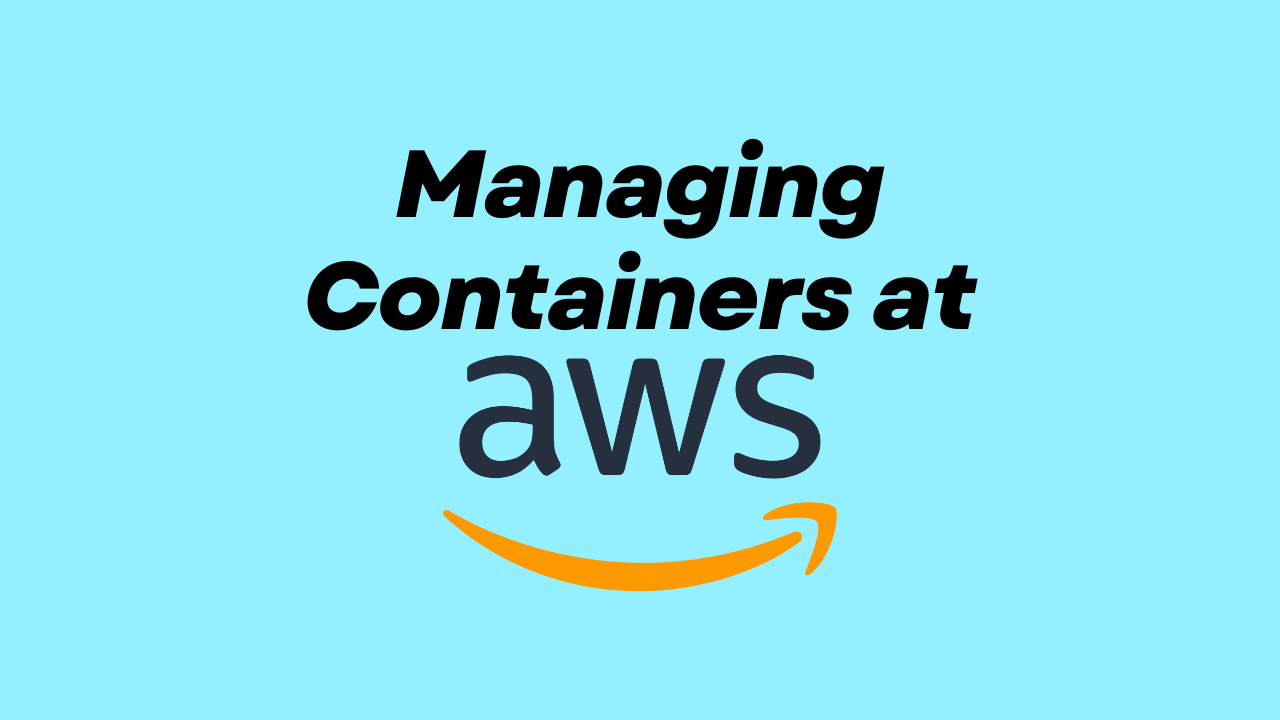Cloud Computing 2023: Trends & Insights
-
 Shozab Raza
Shozab Raza
- Cloud, Cloud computing, Cloud computing 2023
- September 2, 2023

In today’s rapidly evolving digital landscape, the importance of cloud computing cannot be overstated. It has transformed the way individuals and businesses store, access, and manage data and applications. As we delve into the latest cloud computing statistics updated as of August 2023, it becomes clear that staying informed about these trends is not merely an option—it’s a strategic necessity.
Adoption and Growth
Global Cloud Adoption Rates
Bold strides continue to be made in global cloud adoption rates. Organizations worldwide are recognizing the inherent benefits of cloud computing, including scalability, cost-efficiency, and flexibility. The statistics reveal a relentless upward trajectory in the adoption of cloud services across industries.
Industry-Specific Adoption Trends
Cloud adoption isn’t a one-size-fits-all phenomenon. Different industries have unique requirements and challenges. Updated statistics shed light on industry-specific adoption trends, offering insights into how sectors like healthcare, finance, and e-commerce leverage the cloud to gain a competitive edge.
Small and Medium-sized Enterprises (SMEs) in the Cloud
One of the most compelling narratives in cloud computing is the role of SMEs. Small and medium-sized enterprises are increasingly turning to the cloud to level the playing field with larger counterparts. The statistics emphasize the pivotal role SMEs play in the cloud’s democratization and its potential to spur innovation on a global scale.
Cloud Service Models
In the realm of cloud computing, understanding the different service models is crucial. These models define the extent of control and responsibility that organizations have over their cloud environments. Let’s explore the key cloud service models:
Infrastructure as a Service (IaaS)
Infrastructure as a Service, or IaaS, offers organizations the fundamental building blocks of cloud computing. It provides virtualized computing resources over the internet, including virtual machines, storage, and networking. IaaS empowers businesses to scale their infrastructure up or down based on demand, reducing the need for physical hardware.
Platform as a Service (PaaS)
Platform as a Service, or PaaS, takes cloud computing a step further by providing a platform that enables developers to build, deploy, and manage applications without concerning themselves with the underlying infrastructure. PaaS offerings include development tools, databases, and application hosting environments. This model streamlines application development and allows for greater focus on coding and innovation.
Software as a Service (SaaS)
Software as a Service, known as SaaS, is the most user-centric of the cloud service models. It delivers software applications over the internet on a subscription basis. Users can access SaaS applications through web browsers, eliminating the need for local installations and maintenance. SaaS covers a wide range of applications, from office productivity tools like Google Workspace to customer relationship management (CRM) systems like Salesforce.
Cloud Deployment Models
Cloud deployment models define how and where cloud services are hosted and accessed. They cater to various organizational needs, offering flexibility and control. Let’s explore the primary cloud deployment models:
Public Cloud
Public cloud is the most common deployment model, where cloud services are offered by third-party providers over the public internet. Organizations share resources and infrastructure in a multi-tenant environment. Public clouds are known for their scalability, cost-effectiveness, and ease of access.
Private Cloud
Private cloud, as the name suggests, is dedicated to a single organization. It can be hosted on-premises or by a third-party provider. Private clouds offer greater control, security, and customization, making them suitable for organizations with strict compliance requirements or specific infrastructure needs.
Hybrid Cloud
Hybrid cloud combines elements of both public and private clouds. It allows data and applications to be shared between them seamlessly. Hybrid cloud models provide the flexibility to run workloads in the most suitable environment, optimizing performance, security, and cost-efficiency.
Multi-Cloud Strategy
Multi-cloud strategy involves using multiple cloud providers to meet different business needs. Organizations can leverage the strengths of various cloud platforms, such as AWS, Azure, and Google Cloud, to achieve redundancy, avoid vendor lock-in, and access specialized services.
Cloud Security
Ensuring the security of data and applications in the cloud is paramount. As organizations increasingly migrate their operations to cloud environments, understanding the security landscape becomes more critical than ever. Let’s delve into the key aspects of cloud security:
Data Breaches and Cybersecurity Concerns
In an era marked by data breaches and cyber threats, safeguarding sensitive information is a top priority. We’ll examine the evolving cybersecurity landscape, highlighting the challenges posed by data breaches, ransomware attacks, and other cyber threats in the cloud era. Understanding these concerns is crucial for organizations looking to fortify their defenses.
Cloud Security Solutions and Trends
Cloud security is a dynamic field, with constant innovations in threat detection and prevention. We’ll explore the latest trends and solutions in cloud security, from AI-driven threat detection to zero-trust security frameworks. Stay informed about the tools and practices that can help organizations mitigate risks and maintain a secure cloud environment.
Cloud Cost Management
While the cloud offers scalability and cost-efficiency, it’s essential to manage cloud spending effectively. Uncontrolled costs can impact an organization’s bottom line. Let’s dive into the realm of cloud cost management:
Cloud Spending Trends
The cloud spending landscape is ever-evolving, influenced by factors such as demand spikes, resource provisioning, and pricing models. We’ll examine the trends in cloud spending, providing insights into where organizations are allocating their cloud budgets and the driving forces behind these trends.
Cost Optimization Strategies
Optimizing cloud costs is a key consideration for businesses of all sizes. We’ll explore strategies for cost optimization, from rightsizing resources and adopting serverless computing to leveraging reserved instances and implementing efficient workload management. Discover how organizations are achieving cost-efficiency without compromising performance.
Cloud Computing Providers
The cloud computing market is dynamic, with established giants and emerging players vying for dominance. Let’s explore the landscape of cloud providers:
Market Share and Dominance
Leading cloud providers like Amazon Web Services (AWS), Microsoft Azure, and Google Cloud continue to dominate the market. We’ll delve into market share dynamics, shedding light on the strengths and weaknesses of these cloud giants.
Emerging Players and Innovations
In addition to established players, the cloud computing arena welcomes innovative startups and niche providers. Discover emerging cloud players that are disrupting the industry with novel approaches and specialized services. These innovators are shaping the future of cloud computing.
Emerging Technologies in Cloud
The evolution of cloud computing continues unabated, driven by emerging technologies that promise to reshape the digital landscape. Let’s explore these cutting-edge innovations:
Edge Computing
Edge computing represents a paradigm shift in cloud architecture. It involves processing data closer to the source—often at the “edge” of the network, such as IoT devices or edge servers—rather than relying solely on centralized cloud data centers. We’ll delve into the significance of edge computing, its use cases, and how it enhances real-time processing and reduces latency.
Serverless Computing
Serverless computing has revolutionized how applications are built and deployed in the cloud. By abstracting server management, developers can focus solely on code. We’ll explore the serverless model, discuss its advantages, and showcase real-world applications where serverless computing shines.
Quantum Computing in the Cloud
Quantum computing is poised to usher in a new era of computing power. Cloud providers are beginning to offer access to quantum computing resources, enabling researchers and organizations to explore complex problems previously considered unsolvable. We’ll examine the potential impact of quantum computing in the cloud and its applications in fields like cryptography and optimization.
Industry-Specific Statistics
Different industries have unique demands and challenges when it comes to cloud computing. Let’s dive into the latest industry-specific statistics:
Healthcare
The healthcare sector has embraced cloud computing to enhance patient care, medical research, and data management. We’ll uncover how cloud solutions are transforming healthcare delivery, from electronic health records (EHRs) to telemedicine.
Finance
In the finance industry, data security and real-time processing are paramount. We’ll explore how financial institutions leverage the cloud to manage massive datasets, detect fraud, and provide seamless online banking experiences.
E-commerce
E-commerce relies on the cloud for scalability and high availability. We’ll examine how cloud technologies power online shopping platforms, optimize inventory management, and personalize customer experiences.
Education
Cloud computing has revolutionized education by enabling remote learning, collaborative tools, and data-driven insights. We’ll delve into how educational institutions leverage the cloud to deliver quality education and streamline administrative tasks.
Future Trends and Predictions
The future of cloud computing holds exciting prospects and transformative technologies. Let’s peer into the crystal ball and explore what lies ahead:
The Role of Artificial Intelligence in Cloud
Artificial Intelligence (AI) and machine learning are poised to play a central role in cloud computing. We’ll delve into how AI-driven algorithms enhance cloud services, from predictive analytics and automated resource management to intelligent cybersecurity.
The Impact of 5G on Cloud Services
The rollout of 5G networks promises blazing-fast connectivity and lower latency. We’ll examine how 5G technology will shape the landscape of cloud services, enabling real-time applications, IoT innovations, and more.
Conclusion
As we wrap up our journey through the latest cloud computing statistics, it’s essential to distill key insights and reflect on the ever-evolving cloud computing landscape:
Key Takeaways from the Latest Cloud Computing Statistics
We’ll recap the essential statistics, trends, and technologies discussed throughout this comprehensive exploration of cloud computing. These takeaways will serve as valuable reference points for organizations seeking to harness the power of the cloud.
The Ever-Evolving Landscape of Cloud Computing
Cloud computing is not a static entity; it’s a dynamic force of innovation. We’ll conclude by emphasizing the need for continuous adaptation and investment in cloud technologies. The cloud is a driving force behind digital transformation, and staying ahead of the curve is imperative.
In an era defined by rapid technological advancement, cloud computing stands as a linchpin of progress. By understanding the latest statistics, emerging trends, and future predictions, organizations can position themselves to thrive in the evolving world of cloud computing. Stay tuned for more insights and updates on this transformative technology.

Shozab Raza
Shozab Raza is a seasoned SEO analyst and digital marketing enthusiast with a passion for unraveling the intricacies of online visibility. With over six years of experience in the ever-evolving realm of digital marketing, Shozab has honed his skills in SEO strategy development, content optimization, and technical SEO.
Note
Disclaimer: The views expressed and the content shared in all published articles on this website are solely those of the respective authors, and they do not necessarily reflect the views of the author’s employer or the techbeatly platform. We strive to ensure the accuracy and validity of the content published on our website. However, we cannot guarantee the absolute correctness or completeness of the information provided. It is the responsibility of the readers and users of this website to verify the accuracy and appropriateness of any information or opinions expressed within the articles. If you come across any content that you believe to be incorrect or invalid, please contact us immediately so that we can address the issue promptly.


